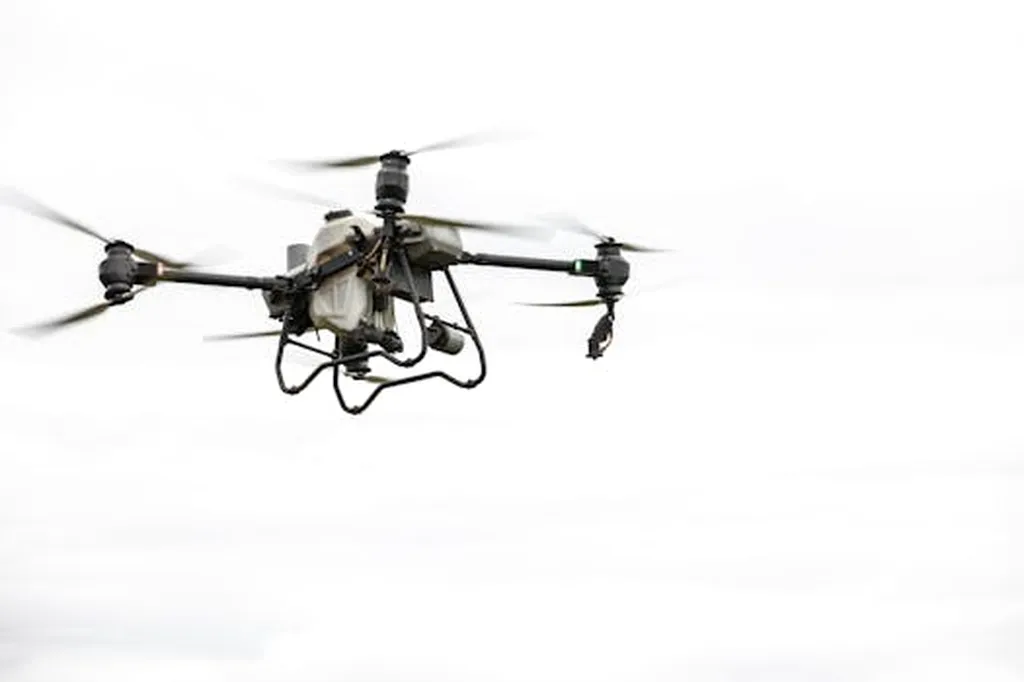In the ever-evolving landscape of agriculture, understanding the intricate dance between climate and crop suitability is paramount. A recent study published in the journal *Land* offers a groundbreaking approach to agroclimatic classification, promising to revolutionize how we identify optimal productivity zones. Led by Ioannis Faraslis from the Department of Environmental Sciences at the University of Thessaly, this research leverages Geographic Information Systems (GIS) and advanced remote sensing techniques to provide a nuanced, data-driven perspective on agricultural potential.
The study’s methodology is both innovative and comprehensive. It begins by developing Water-limited Growth Environment (WLGE) zones to assess water availability based on drought and aridity indices. This step is crucial, as water scarcity is a growing concern in many agricultural regions. “Inadequate rainfall in semi-arid regions constrains the viability of irrigated crops,” notes Faraslis, highlighting the importance of understanding water availability.
Next, the researchers evaluate soil and land use features alongside water adequacy to develop non-crop-specific agroclimatic zones. This step ensures that the classification is not just about water but also about the overall suitability of the land for agriculture. Finally, crop parameters are integrated with these non-crop-specific zones to classify areas into specific crop suitability zones. This multi-step approach provides a holistic view of agricultural potential, considering both natural resources and specific crop needs.
The study was implemented in three diverse regions: Évora-Portalegre in Portugal, Crau in France, and Thessaly in Greece. Each region presented unique challenges and opportunities, but the findings were consistently promising. The use of high-resolution spatial and temporal remotely sensed data via web platforms enables up-to-date and field-level agroclimatic zoning, a significant advancement over traditional methods.
So, what does this mean for the agriculture sector? The implications are substantial. By identifying optimal productivity zones, farmers and agricultural businesses can make more informed decisions about crop selection and resource allocation. This can lead to increased yields, improved resource efficiency, and ultimately, higher profitability. Moreover, the methodology can be applied to various regions, making it a valuable tool for global agriculture.
Looking ahead, this research could shape future developments in agroclimatic classification and zoning. The integration of advanced remote sensing data and GIS technology opens up new possibilities for precision agriculture. As Faraslis puts it, “The use of high-resolution spatial and temporal remotely sensed data via web platforms enables up-to-date and field-level agroclimatic zoning.” This could lead to more dynamic and responsive agricultural practices, better adapted to changing climate conditions.
In conclusion, this study represents a significant step forward in the field of agroclimatic classification. By providing a comprehensive, data-driven approach to identifying optimal productivity zones, it offers valuable insights for the agriculture sector. As we face the challenges of climate change and resource scarcity, such innovations will be crucial in ensuring sustainable and productive agriculture.

